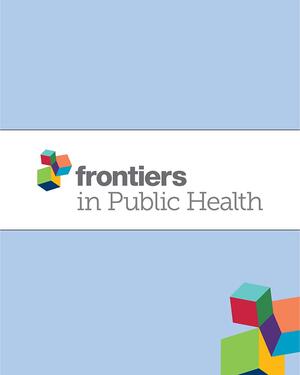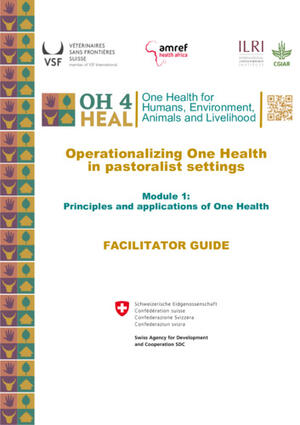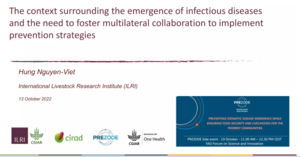
Emerging zoonotic diseases in Southeast Asia in the period 2011–2022: a systematic literature review
Abstract
As COVID-19 has shown, pandemics and outbreaks of emerging infections such as Zika, Nipah, monkeypox and antimicrobial-resistant pathogens, especially emerging zoonotic diseases, continue to occur and may even be increasing in Southeast Asia. In addition, these infections often result from environmental changes and human behaviour. Overall, public health surveillance to identify gaps in the literature and early warning signs are essential in this region. A systematic review investigated the prevalence of emerging zoonotic diseases over 11 years from 2011 to 2022 in Southeast Asia to understand the status of emerging zoonotic diseases, as well as to provide necessary actions for disease control and prevention in the region. During the 2011–2022 period, studies on pigs, poultry, ruminants, companion animals and wildlife in Southeast Asia were reviewed thoroughly to assess the quality of reporting items for inclusion in the systematic review. The review was performed on 26 studies of pigs, 6 studies of poultry, 21 studies of ruminants, 28 studies of companion animals and 25 studies of wildlife in Southeast Asia, which provide a snapshot of the prevalence of the emerging zoonotic disease across the country. The findings from the review showed that emerging zoonotic diseases were prevalent across the region and identified a few zoonotic diseases associated with poultry, mainly stemming from Cambodia and Vietnam, as high priority in Southeast Asia.
Citation
Thanh Trung Nguyen, Thi Ngan Mai, Sinh Dang-Xuan, Hung Nguyen-Viet, Unger, F. and Hu Suk Lee. 2024. Emerging zoonotic diseases in Southeast Asia in the period 2011–2022: a systematic literature review. <i>Veterinary Quarterly</i> 44(1): 1–15.










